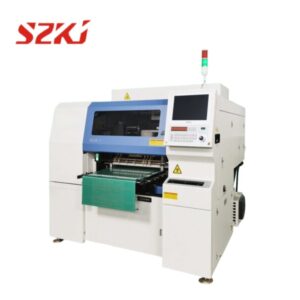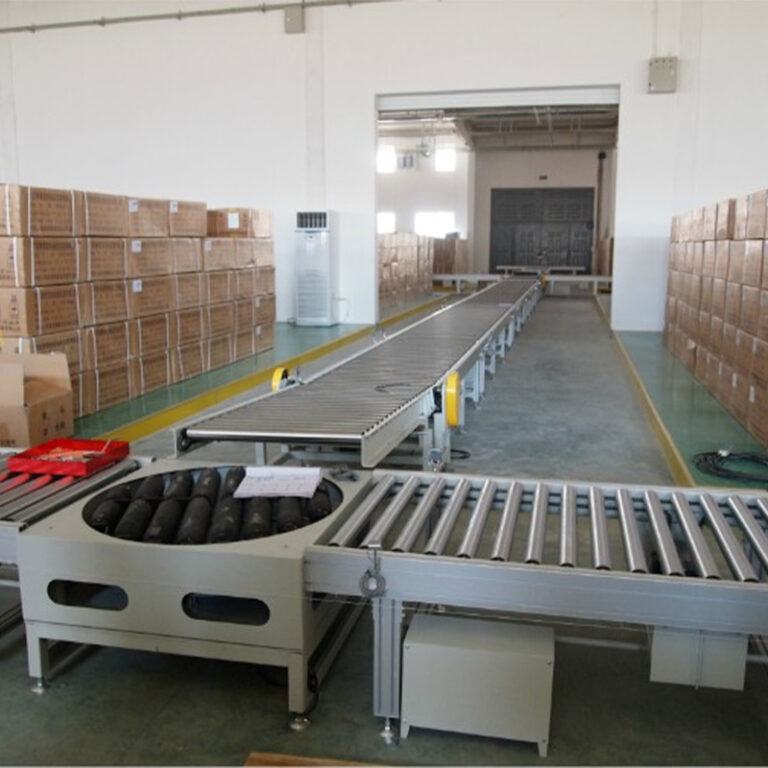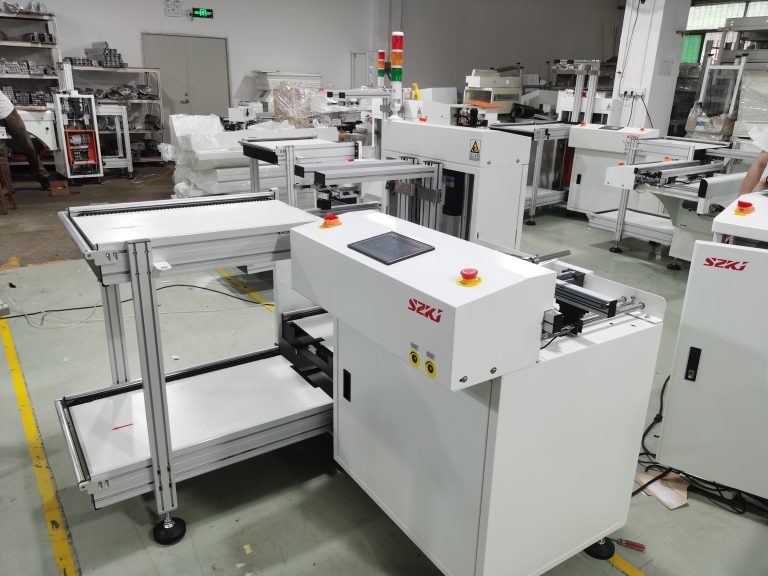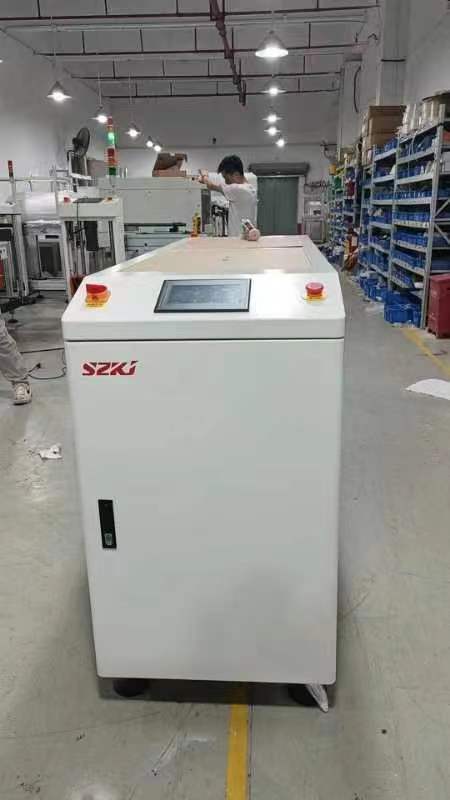Table of Contents
ToggleIn the age of miniaturized electronics and high-speed production, SMT meaning has become a core concept in the electronics manufacturing industry. Surface Mount Technology (SMT) enables efficient, automated, and space-saving assembly of electronic components onto printed circuit boards (PCBs). The pick and place machine is at the heart of this technology, but the entire SMT production line includes a range of advanced equipment working seamlessly together. From mobile phones to smart appliances, SMT powers the devices we rely on every day.

What Is SMT? SMT Meaning Explained
The SMT meaning refers to the method of placing and soldering components directly onto the surface of a PCB, without the need for drilling holes. This allows for smaller, faster, and more reliable electronic assemblies. Compared to traditional through-hole methods, SMT improves speed, consistency, and cost-efficiency.
Understanding SMT meaning also includes knowing its components. An SMT line usually consists of:
- Loader/Unloader: Automatically feeds PCBs in and out of the line.
- Solder Paste Printer: Applies solder paste to the pads on the PCB.
- Pick and Place Machine: Places electronic components precisely onto the board.
- Reflow Oven: Melts the solder paste to bond components to the PCB.
- AOI (Automated Optical Inspection): Checks for placement accuracy and soldering defects.
- Conveyors and Buffers: Ensures smooth transfer and alignment of boards between machines.
These systems work together to provide a fully automated assembly line that can handle large volumes with minimal error.
The Pick and Place Machine: Core of SMT Automation
The pick and place machine is one of the most critical parts of an SMT line. It automatically selects components from trays or reels and places them on the PCB with extreme precision. Modern machines come with high-speed nozzles, vision systems, and flexible feeders, making them capable of placing thousands of components per hour.
Whether handling tiny resistors or large ICs, pick and place machines are designed for speed and flexibility. Their contribution to productivity and accuracy is vital in maintaining high-quality standards in electronics manufacturing.
Why SMT Is the Preferred Method
When considering SMT meaning, it’s clear why this technology dominates modern PCB assembly:
- Space-saving design: Components are placed closer together.
- Speed: Automated lines run faster and require less manual intervention.
- Cost-effective: Reduced labor costs and fewer materials wasted.
- Scalability: SMT lines can be easily scaled for high-volume production.
- This makes SMT ideal for industries like telecommunications, automotive electronics, consumer gadgets, and medical devices.
The Evolution of SMT Equipment
Over time, SMT equipment has evolved to meet increasing demands. Pick and place machines have become more intelligent, integrating AI and machine vision for greater placement accuracy. Reflow ovens now support multiple heating zones and nitrogen environments for improved soldering quality. Even conveyors and loaders are becoming smarter with real-time feedback systems.
Understanding SMT meaning also means appreciating how each part of the production line contributes to the final product’s reliability.
Conclusion
In summary, SMT meaning encompasses much more than a method—it is a complete, integrated solution for high-efficiency electronic assembly. With the pick and place machine at its core and other vital systems like reflow ovens, loaders, AOI machines, and conveyors supporting it, the SMT line is the backbone of modern electronics manufacturing.
If you are looking to build or upgrade your SMT production line, SZKJ offers a complete range of high-quality SMT equipment and solutions. From pick and place machines to conveyors and optical inspection systems, SZKJ is your trusted partner for boosting production performance and ensuring long-term reliability.




